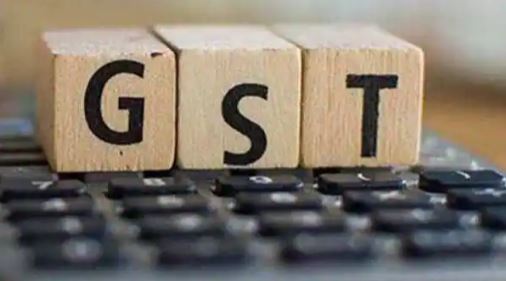New Delhi: The 18 per cent tax slab is expected to remain the major contributor to GST revenues if the Centre’s proposal for a two-tier GST structure and a special 40 per cent rate is implemented, according to a source.
At present, the Goods and Services Tax (GST) follows a four-tier structure with rates of 5 per cent, 12, 18, and 28 per cent. Food and essential items are either exempt or taxed at 5 per cent, while luxury and sin goods attract the highest rate of 28 per cent.
The 5 per cent slab contributes around 7 per cent to total GST revenues, while the 18 per cent slab accounts for a dominant 65 per cent. The 12 per cent and 28 per cent slabs contribute approximately 5 per cent and 11 per cent, respectively, to the GST collection.
The Centre has proposed to the Group of Ministers on GST rate rationalisation a 2-tier rate structure of 5 and 18 per cent for ‘merit’ and ‘standard’ goods and services, and a 40 per cent rate for about 5-7 goods. The proposal entails doing away with the current 12 and 28 per cent tax slabs.
“The 18 per cent slab will continue to account for a lion’s share in the GST revenues as per the Centre’s proposal. We expect volumes to go up and a consumption boost which will help improve the GST revenues from the current level,” the source said.
Once the goods and services are categorised as merit and standard, 99 per cent of the items in the 12 per cent bracket will move to 5 per cent, with the remaining moving to 18 per cent.
Also, 90 per cent of the goods and services in the 28 per cent bracket will move to 18 per cent and only 5-7 items will go up to 40 per cent rate.
The average monthly GST collection has risen from Rs 1.51 lakh crore in FY22 to Rs 1.84 lakh crore in FY25.
GST, which subsumed over a dozen local levies and cesses, was rolled out on July 1, 2017. The number of registered taxpayers has risen from 65 lakh in 2017 to over 1.51 crore.
PTI






































